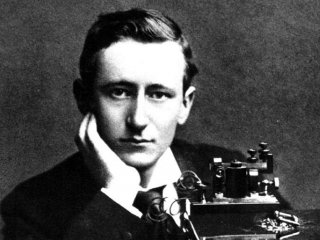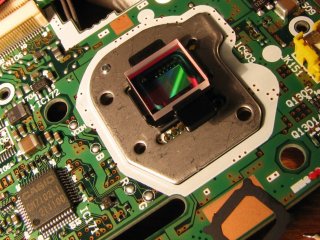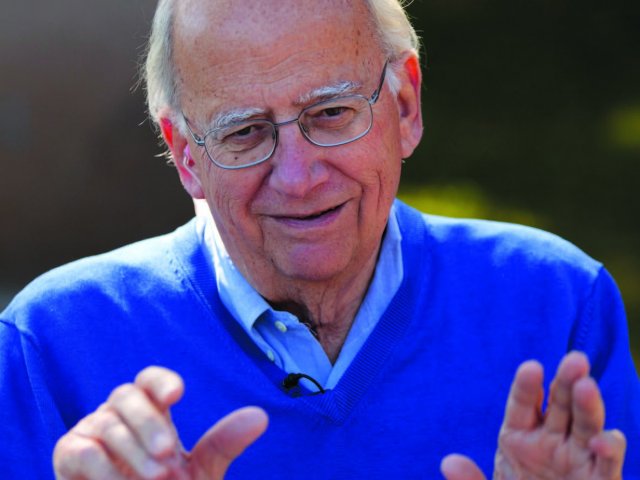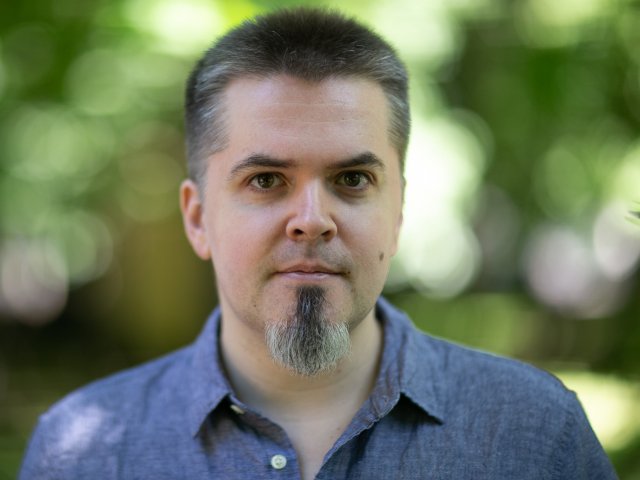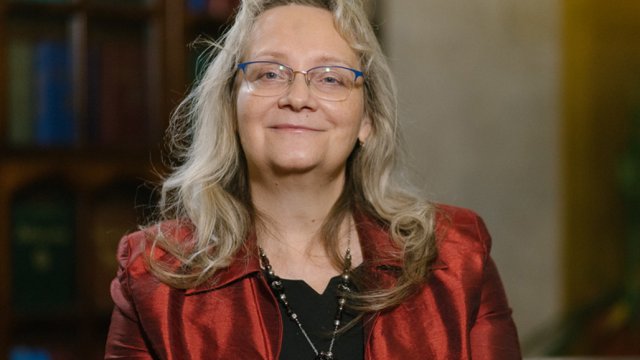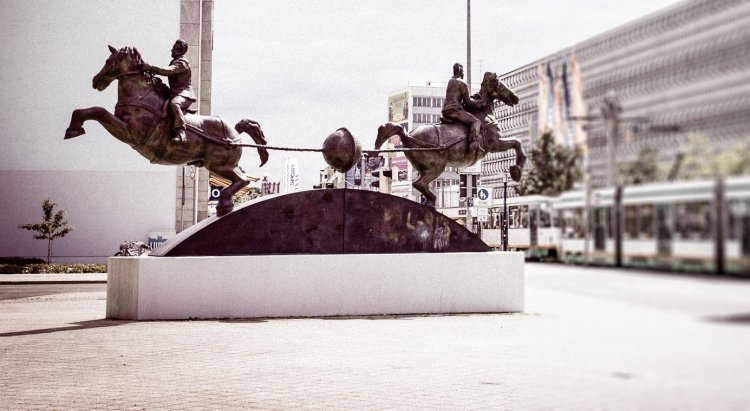
The German city of Magdeburg has an interesting monument. It depicts two horsemen sitting back-to-back, and a sphere between them, consisting of two halves. There are ropes tied to the hemispheres… you probably know the rest, having studied in school. This is a monument to the famous Magdeburg hemispheres experiment, performed by Otto von Guericke.
Guericke’s research interests were many: he invented the water barometer, one of the first electrostatic generators, discovered electrostatic repulsion and electroluminescence. Thinking about the origin of the void, he decided to experimentally test Descartes’s theory, which suggests that everything must be filled with matter. Carrying out his plan, he invented the air pump and began experimenting with it. For that, he made two copper hemispheres measuring around 14 inches, i.e., approximately 35.5 centimeters in diameter. Air was pumped out from the sphere, and the hemispheres were holding together thanks to the atmospheric pressure outside.
Holding so well, that sixteen horses – eight on each side – failed to separate them. The Magdeburg hemispheres were demonstrated to the Reichstag in presence of Emperor Ferdinand III. Later the experiment was repeated in Magdeburg and in Berlin, where twenty-four horses tried to pull the hemispheres apart. In this way, everyone was able to see the evidence for the existence of air pressure; after air was pumped into the sphere, the halves fell apart on their own. The public went wild, and the Magdeburg hemispheres made it into the history of science and all the physics textbooks and encyclopedias. But why Magdeburg? Because Otto von Guericke, Germany’s Galileo, was also the burgomaster of Magdeburg.
